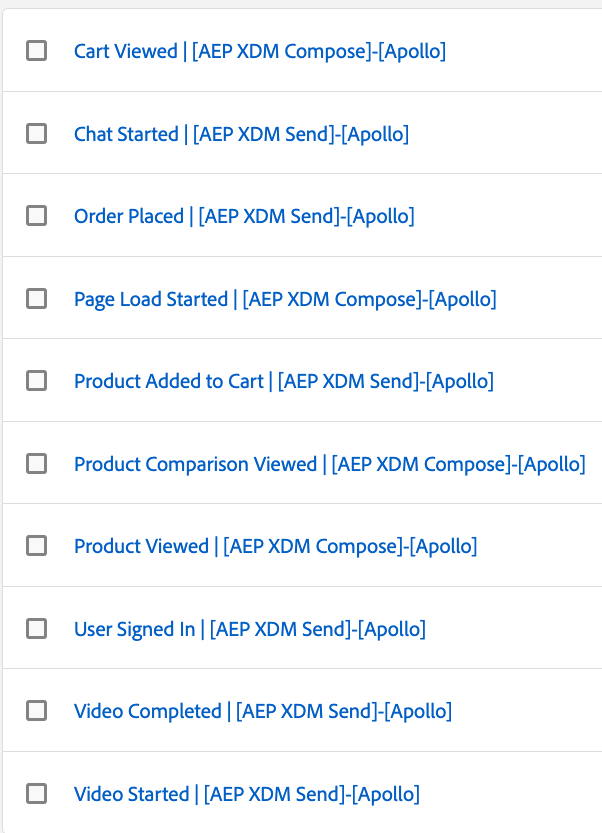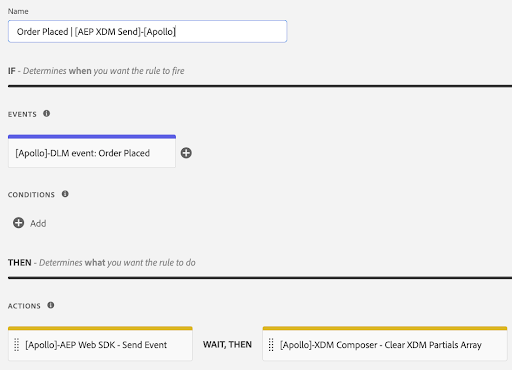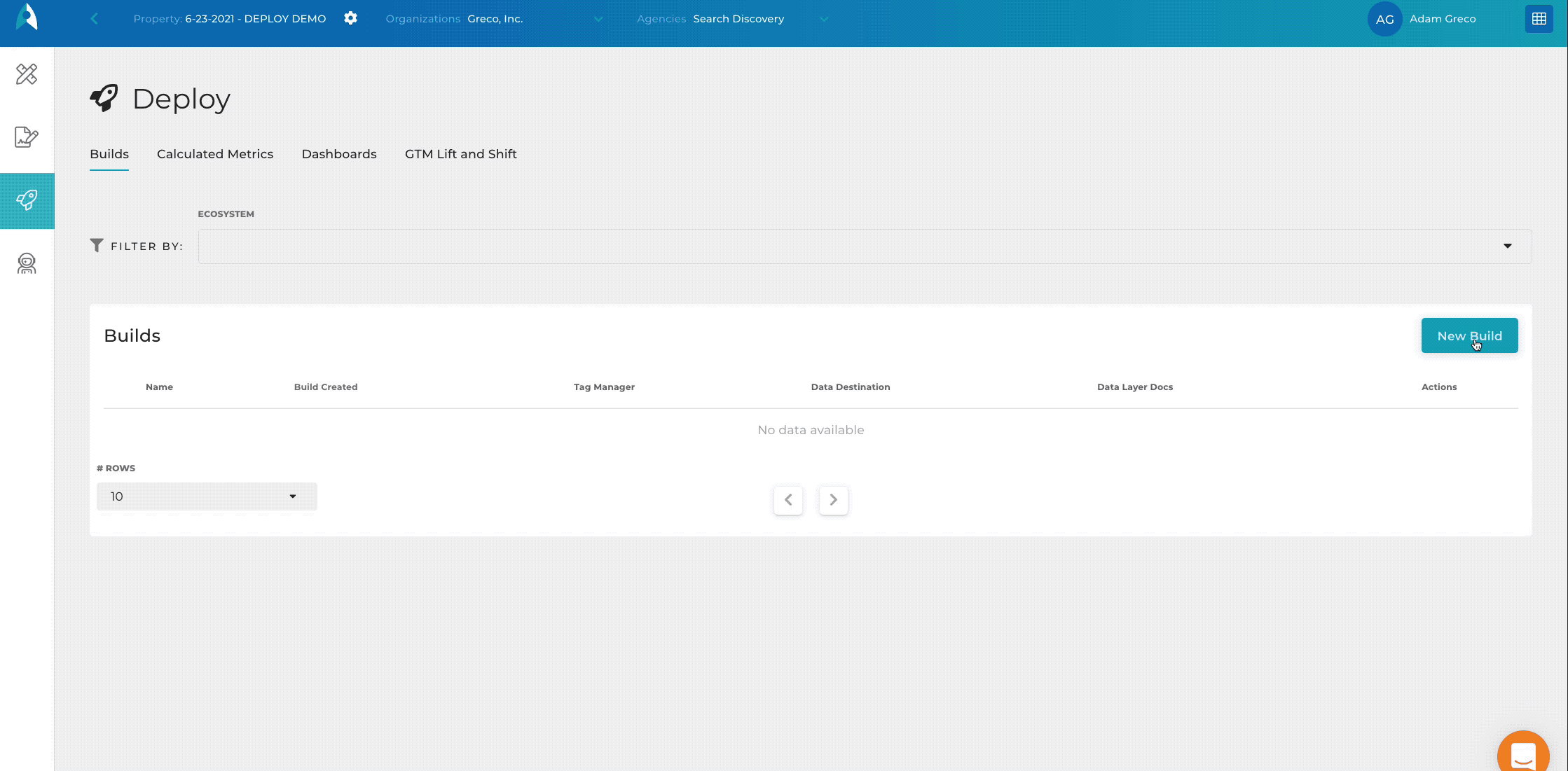
What are Tag Management Systems?
Tag Management Systems are tools that organize and streamline the tagging process through rules and conditions. They house the code needed to collect data and help map data layer elements to marketing tags, such as analytics tags or advertising tags.



